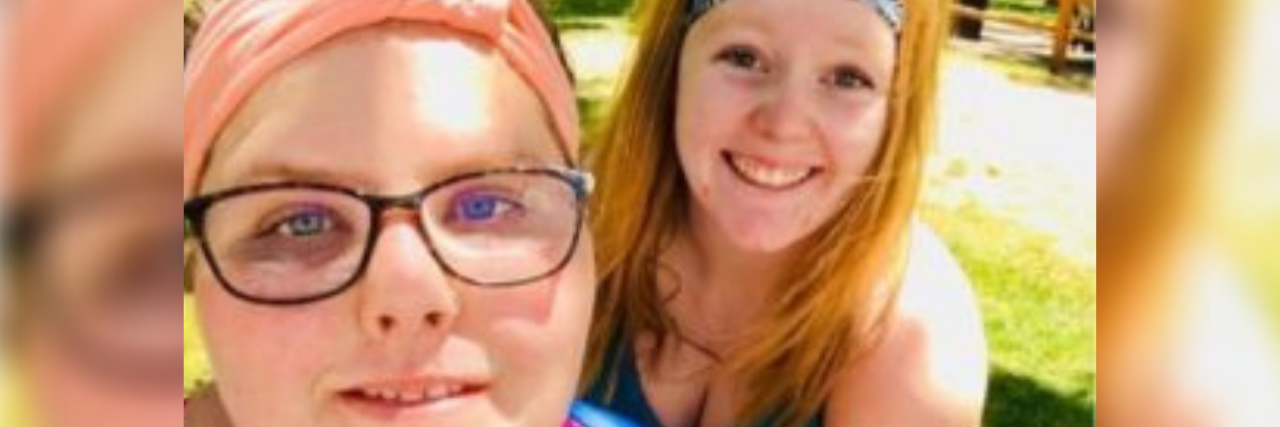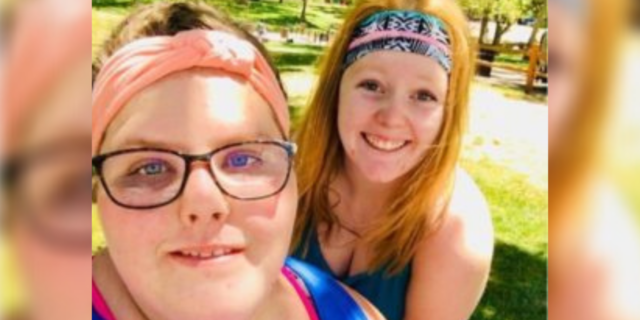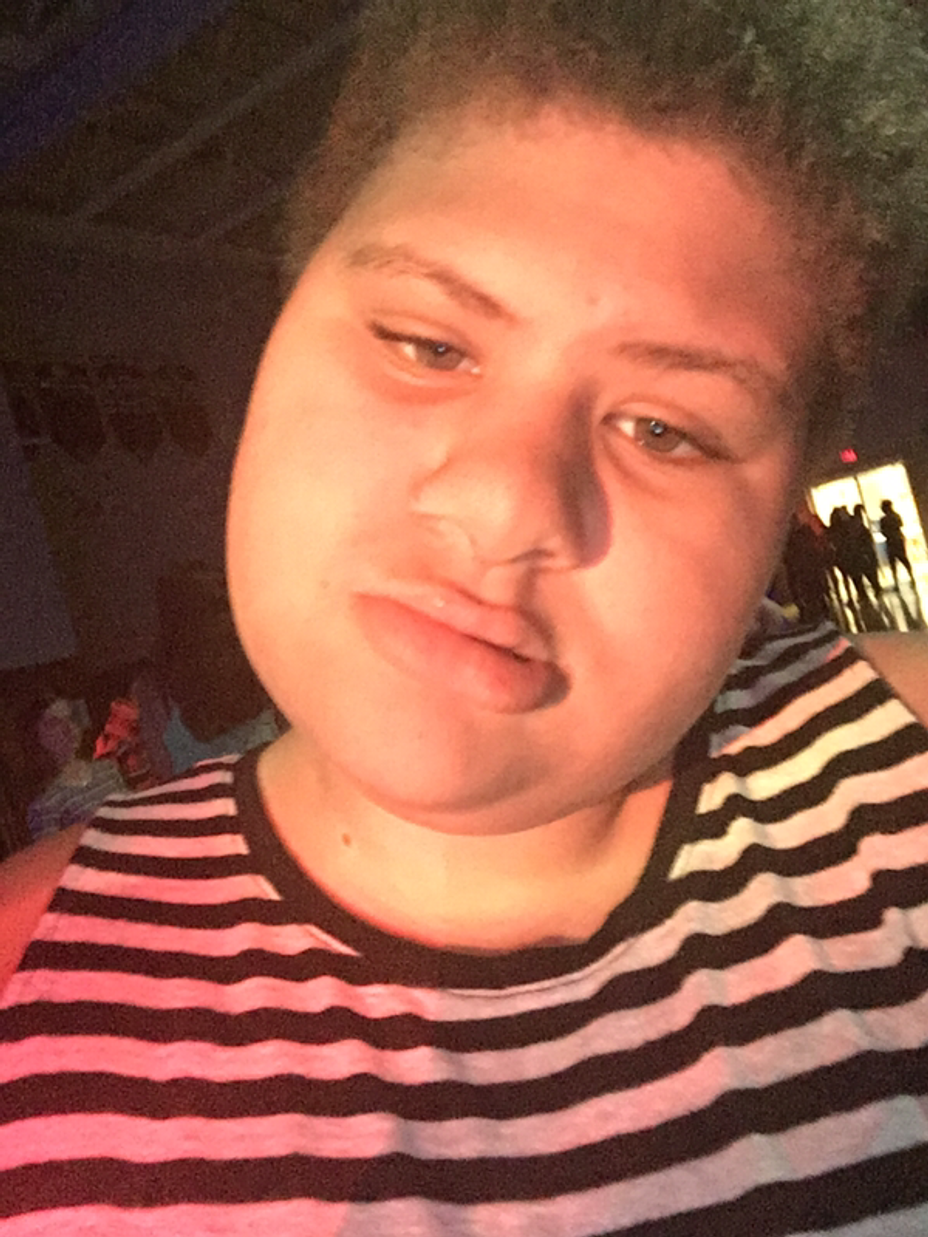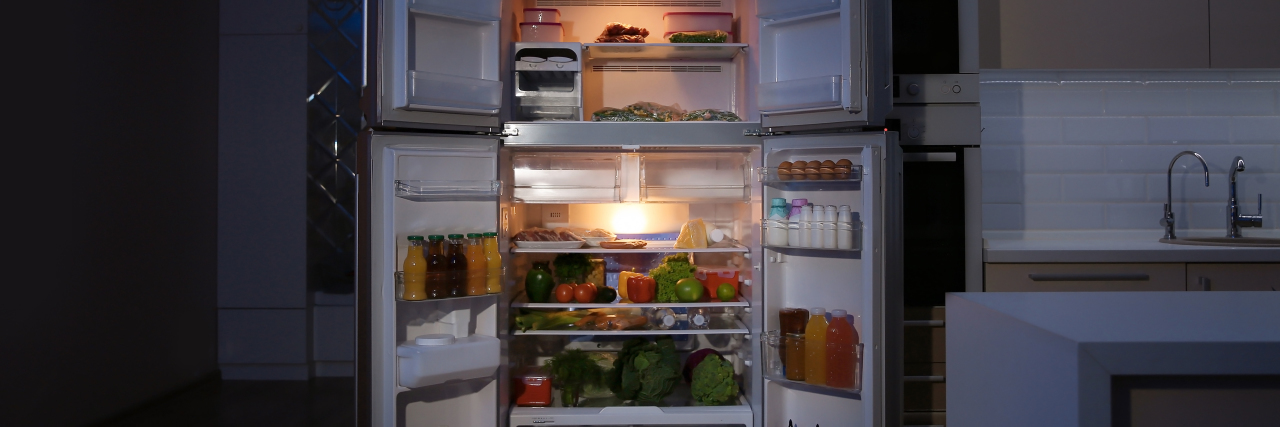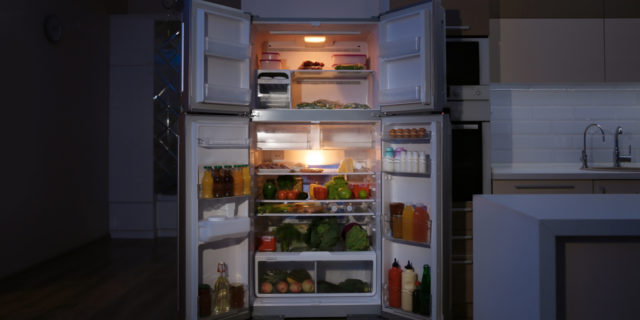Part 1 of 2 Inclusion is such a hot button topic, and for good reason. It is among the very biggest of my dreams for my daughter who has Prader-Willi syndrome and probably the most pressing need I see in her school. The tricky thing is, it’s hard to define unanimously and, even when it is, it doesn’t happen overnight. It takes a change of the structure, the culture, the staffing. Answering the call of creating a truly inclusive school will change everyone’s schedules and comfort levels, and it will challenge a whole host of status quo that has worked for the vast majority of students. With limited budgets and overworked teachers, this seems unfair at best and impossible at worst. I struggled with this when Eliza started preschool and still do now that she’s in second grade, but I’ve come to think of it a bit like road work.
There is a stretch of highway between Denver and Colorado Springs that I have driven literally hundreds of times because it went between our house and my dad’s. It is just a two-lane road for miles and miles, but it is a busy one. Traffic can back up so long that what should take an hour can sometimes take double that or more. It is outdated, and it is no longer adequate. Sure, it may take you from point A to point B, but it could be so much better…safer, more efficient, more appropriate for its use. But in order to get there, the old road has to be torn up a bit. Traffic will get worse before it gets better, and in general, it will be a hot mess. No one likes traveling through construction zones – they slow us down and push us to the limits of our patience. But when it’s done, all that becomes worth it.
Inclusion is like that, but I’m finding it can actually look like a great number of things, and it doesn’t require ripping out every road to pave a new one. It might look like adding more on and off ramps…an extra lane here and there…a stop light at that intersection where everyone keeps getting hurt. In practical terms, it might look like calming corners in classrooms, buddy benches on playgrounds, hands-on gamified (game-like) lessons, and fidgets or yoga balls on the ready. It might look like mentor students and school-wide education and book choices that share and celebrate stories from a whole range of experiences and abilities.
It goes back to the true purpose of school, doesn’t it? To judge whether our kids are getting a “free and appropriate education” as the law entitles them to, we must first consider what it is we’re hoping they learn. And all our kids, I would argue, go to school in order to be prepared to live fully in the world. We hope math teaches them how to reason (and maybe even budget); we hope language arts teach them how to interpret stories and respond thoughtfully; we hope history teaches them how governments and class systems have worked and failed so that they may create a future free of repeat mistakes; and we hope science teaches them about creation and the expansive, rich nature of the world. Art, PE, music…these tap into the amazing ways we were designed to move and create and express ourselves. What a joy! And of course, there is the icing on the top that really serves the most important purpose: school provides a venue where kids can safely understand and practice how to engage well with others. We learn sometimes for the first time what it means to take turns, to listen and respond appropriately, to play nice. Group projects may have been the bane of my high school existence, but they sure did feel relevant when I got my first job working on a team.
To this end, we must recognize that the “real world” includes people of all classes, of all abilities, of all gifts, of all personality types. There is no breakdown of cities or even workplaces where everyone looks the same, thinks the same, problem solves the same. We have different love languages within the same marriage most of the time, and it works. It’s good for me to see that my husband shows love by changing the lightbulbs, and it’s good for him to see it in my little heart notes by the espresso maker. They both count, but if we’re not looking for them, we can miss the message.
The shift comes in recognizing that the “other” is just as right, just as valuable. And the shift sticks when we respond to that with respect and awareness and appropriate accommodations. Sadly, our society doesn’t always look at the neurodiverse population that way. We patronize them or bless their hearts or shove them in a corner room, but we don’t try to learn from them. We don’t ask them to teach us and lead us and inform our choices through their lens. We see it is as “less than,” and then we pat ourselves on the back for letting them sit at our lunch tables or come to our birthday parties (two things that rarely happen for our kids, I might

